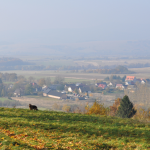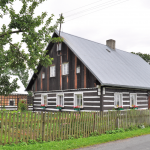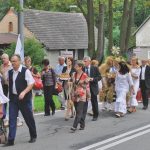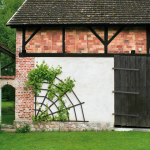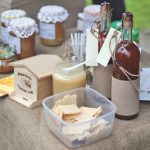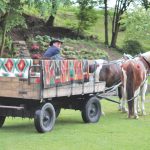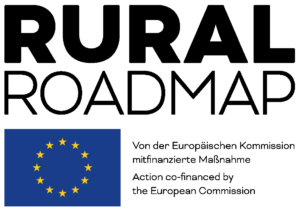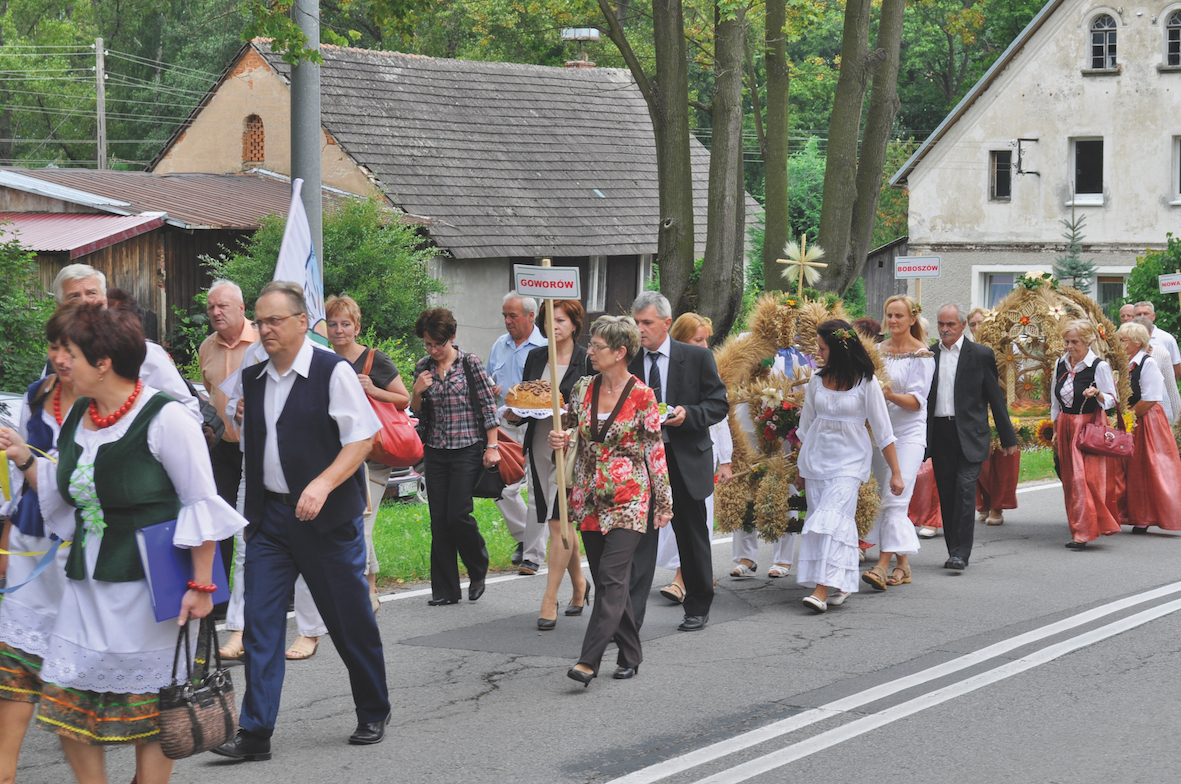
Goworów, Lower Silesia, Poland
The mountain village of Goworów is a typical village with forest hides on the foothills of the “Snow Mountains”. It is located 400 to 600 m above sea level and has 383 inhabitants. The village has recently been haunted by several catastrophes like floods and a blaze. Due to these natural disasters (especially a flood in 1997), a vast majority of the town’s infrastructure as well as several residential and functional buildings had been destroyed.
Goworów lies in the middle of the nature parks “Snow Mountains” and is characterized by a small structured agriculture and forestry. The historical building stock goes back to the 18th and 19th century. The valuable preserved buildings include the church, the estate complex, and the water mill which was primarily used for weaving. Lauterbach, which was Goworów’s name back then, was a so-called “weaving-town” at the beginning of the 19th century with more than 50 workshops and a flourishing textile market. Furthermore, there were a brewery, a distillery, a paper mill and a gneiss-quarry. In the second half of the 19th century, Goworów became known as a holiday village with numerous taverns and lodging establishments. The formerly German-speaking village was repopulated by people from Belarus, Lithuania, and the Ukraine after 1945 and became a multi-cultural place.
The trauma of the flood of 1997 marked the starting point for the new development of the village. The reconstruction of the entire infrastructure, the regulation of the local stream, and the restoration of the residential buildings led to an atmosphere of departure. In this regard, the voluntary cooperation and labor stints of the population are especially remarkable. Another important factor is the local community life, including the fire brigade, culture, as well as the village renewal movement. Many active citizens foster the social cohesion.
Extraordinary work is done in the area of sustainable tour-ism by hosting yearly vacation camps during summer and winter break, by offering “holidays on a farm”, and by activating the hiking trail- and biking trail network. The renovation of old structures with partial conversion was also promoted. A community room, a library, and a fire station were built or integrated in existing buildings. Finally, the creation of a good communication infrastructure as well as a waste separation system with recycling should be pointed out. Two shops are run in order to secure local supply.
The further expansion of the infrastructure in regards to traffic, waste water, and lighting are planned for the near future. In addition, the establishment of sustainable tourism is the largest priority and therefore, new facilities for biking, hiking, Nordic walking, and cross-country skiing are planned.
The citizens’ voluntary engagement in order to complete projects for the village community is equally impressive as the strong cohesiveness in regards to social activities. The constant goal to improve living quality for locals as well as visitors is clearly noticeable.
Evaluated: 2014
